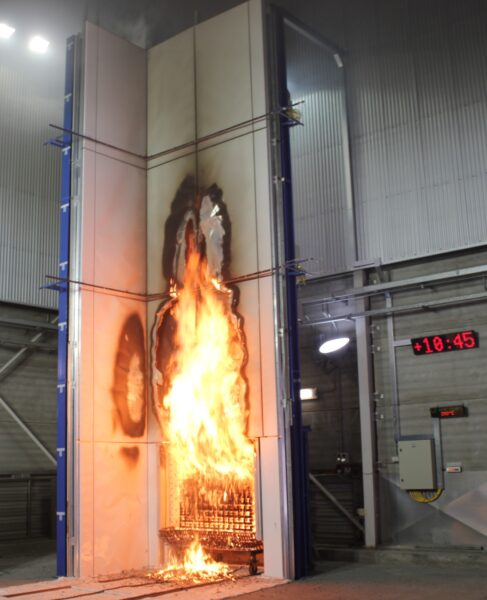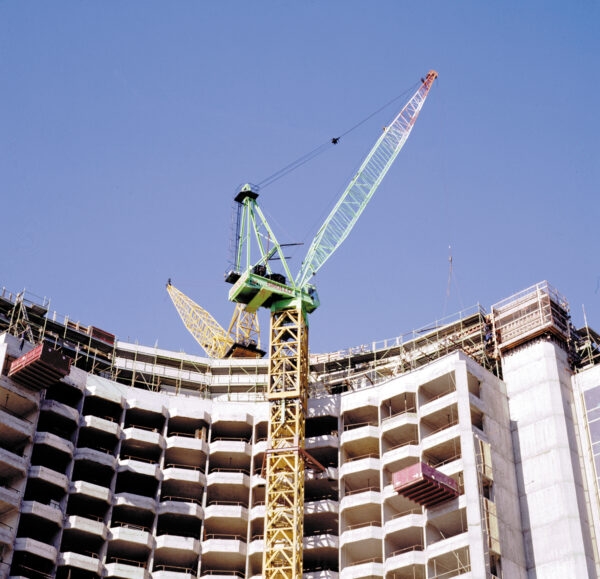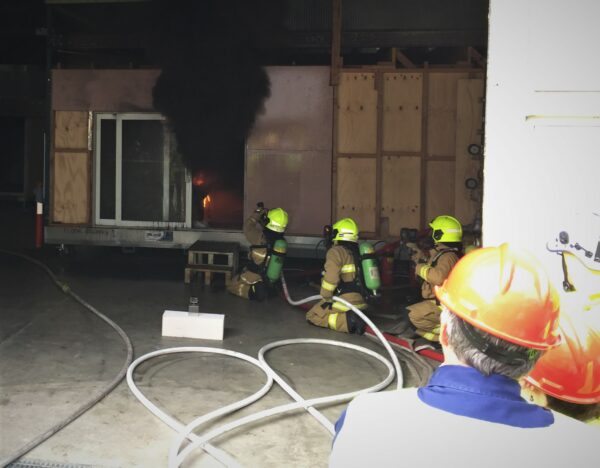Infratech team helps create safe and sound buildings
CSIRO is promoting a safe and compliant building industry through a wide range of services connected to the testing and certification of building infrastructure materials and systems.
The devastating fire that engulfed London’s Grenfell Tower in June 2017 claimed 72 lives and drew global attention to building construction and public safety.
Forensic studies and eyewitness accounts reported that the fire started in a kitchen on the fourth floor of the 23-storey Grenfell Tower, shortly before 1am on 14 June. Within minutes the fire raced to the exterior of the building and two hours later the four exterior walls of the building were largely alight.
The Grenfell Tower Inquiry is still investigating the fire’s circumstances and causes. However, the external walls, comprised of composite metal panels with a polyethylene core, are considered by experts to be a likely factor in the spread of the fire in the London disaster.
Our CSIRO Infrastructure Technologies (Infratech) team has provided testing and consultancy services to advance safe and compliant built infrastructure, including building facades, in Australia, for over 70 years.

Large scale testing of the performance of external wall systems using aluminium composite materials.
“We’ve developed a fire safety guideline for external walls to help the Australian construction industry better understand how to ensure compliance with the relevant codes and standards for fire safety of external walls on high-rise buildings,” says Alex Webb, CSIRO Fire Safety Engineer and Group Leader with Infratech.
“A wide range of building materials and systems are used for external walls construction in Australia and that range is increasing as new and innovative products come onto the market,” says Alex. “Our guideline aims to make clear the fire hazards of combustible external wall materials and explains how to demonstrate façade fire safety compliance under the National Construction Code.”

Our Fire Safety Guideline is helping the building industry to better understand how to comply with the relevant codes and standards for fire safety of external walls on high-rise buildings.
The guideline focuses on the requirements for multi-story buildings in Australia requiring Type A and Type B construction for Class 2 to 9 buildings. It is not relevant to domestic low-rise buildings. The document explains the testing methods and requirements for external walls, attachments to external walls, insulation and sarking as well as the evidence you need to provide.
“Our guideline focuses on the fire testing and fire safety of aluminium composite panels, and other combustible materials, in the construction of external walls,” says Alex. “It should be read in conjunction with documents drafted by your relevant state authority and the National Construction Code of Australia, which provide the detailed rules for compliance.”

Full-scale evaluation of fire sprinkler performance in apartment buildings.
In addition to fire safety in building facades, the Infratech team provides independent NATA accredited testing and certification services for a range of materials and systems used in the building industry including:
- Fire safety – wide range of fire safety consulting and testing for fire detection and alarm systems, fire resistance and reaction in building materials and construction, and fire-suppression systems.
- Acoustics – services to measure, improve and optimise the acoustic environment and performance in buildings.
- Coating durability and weathering – polymer degradation and stabilisation, understanding the effects of heat, light, moisture and stress on building elements.
- Pedestrian surfaces – safety and slip resistance testing in line with legislation and Australian, American and European Standards.
- Thermal Insulation – testing to determine the thermal performance of materials to AS/NZS 4859.1, helps with more energy efficient building construction.
